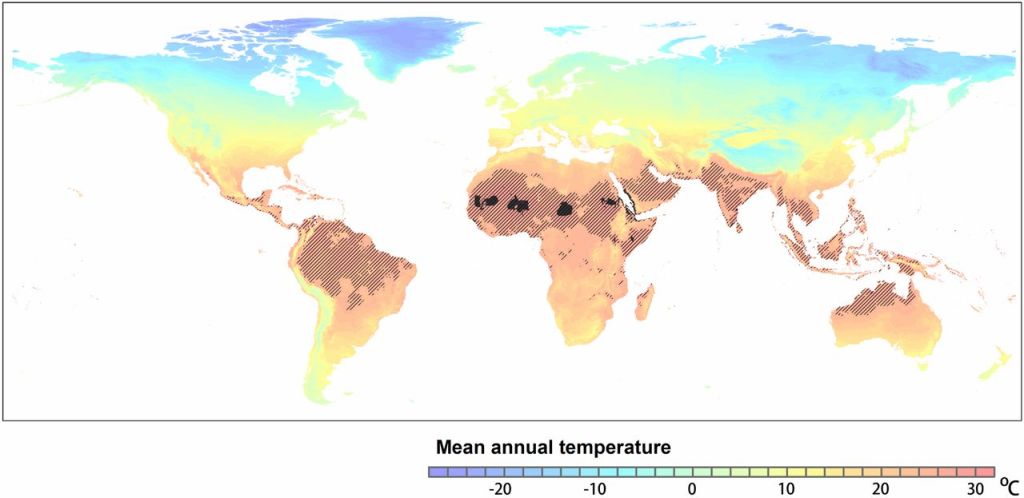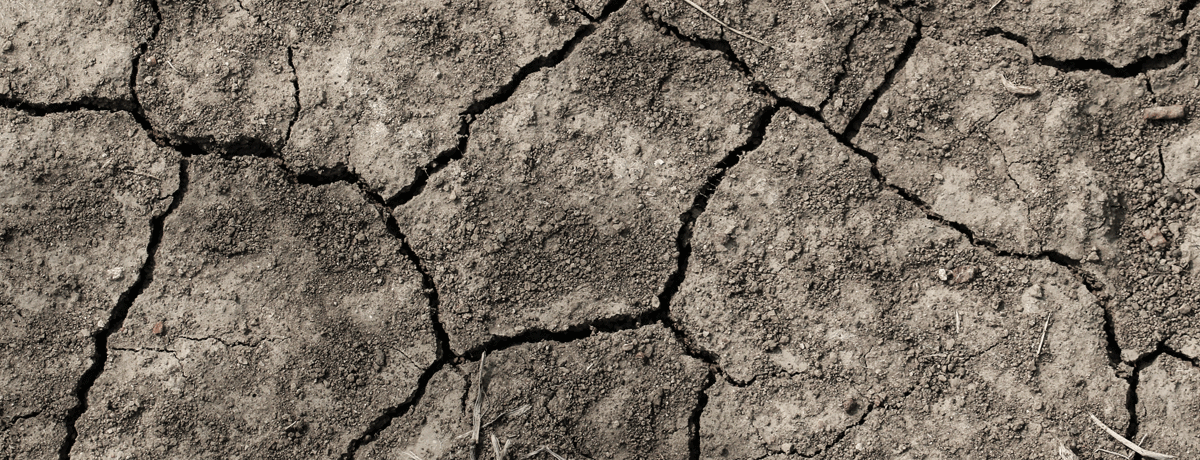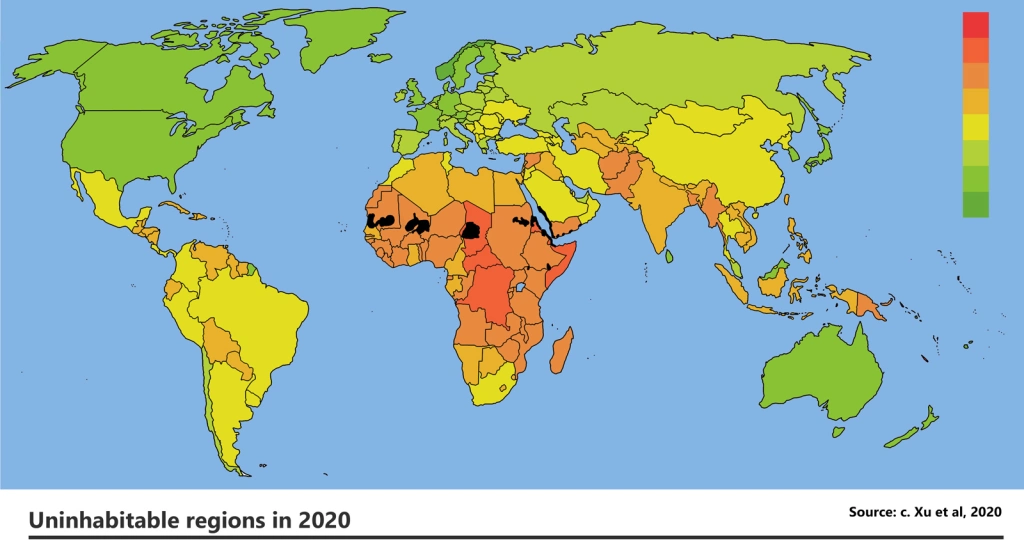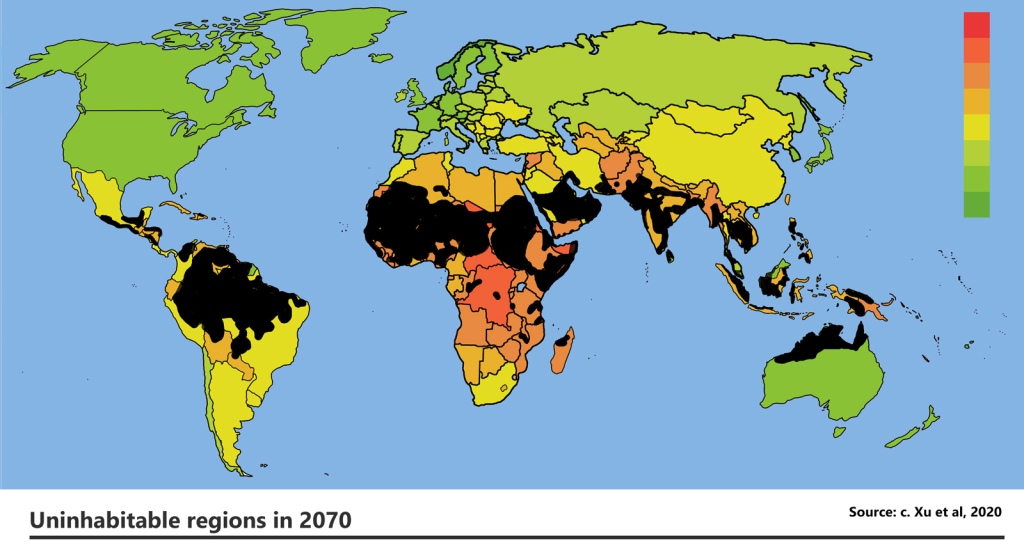The Uninhabitable Earth was a bestselling book on climate change by David Wallace Wells, which caused a stir a couple of years ago. It doesn’t actually predict that the earth will be uninhabitable, though it does present a stark and unflinching view of a worst case scenario.
The climate crisis won’t render the entire planet uninhabitable, parts of it will be. What will happen to the people who live in those places? Which places are we talking about? And what do we mean by habitable anyway?
A study last year attempted to map habitability and temperature rise. The researchers point out that throughout our history, human populations have tended to cluster within a specific range of temperatures – around 11 to 15 degrees C as a mean annual temperature. This can be considered humanity’s ‘environmental niche’.
These are temperatures that are comfortable, but more to the point it’s a range that can support agriculture. Humans can live in very cold climates and in hot deserts, but they require more specialised ways of life and the land supports smaller numbers of people. We don’t find cities and civilisations at the extremes, because we can’t raise the crops and livestock to support them.
The problem is that as climate change heats the planet, mean temperatures are going to rise and push a greater slice of the world’s land towards extreme heat. At the moment, just 0.8% of the world’s land surface can be considered uninhabitably hot – where mean temperatures are over 29 degrees C. Most of that is in the Sahara desert or in the Middle East. By 2070 however, 19% of the world’s land could be that hot.
Here’s a map, and if this isn’t the most important thing you see today then you’re a very special person indeed.
The regions marked in black are those that are uninhabitably hot today. The shaded areas are the areas that may be too hot to support human habitability by 2070.

This is one study, with degrees of uncertainty. But even if it’s half as bad as that, we’re still talking about a crisis of barely imaginable proportions. 3.5 billion people live in those shaded areas. What will become of their homes and cultures? Where will they go?
Bear in mind that climate change has been overwhelmingly caused by the global north, which is predominantly white. The regions where people will be displaced are among those least responsible for global emissions, and it will be mainly people of colour who will suffer.
Climate change is racist, and it is a matter of life and death.
Of course, even the possibility of this crisis demands a response. I don’t know how accurate these projections might be. But I do know that it is worth doing everything to make sure that they don’t come to pass.
Two redrawn maps from this study that I use in presentations, and that you are welcome to re-use. These maps overlay the information on the ecological niche report above onto the colour categories from the Climate Vulnerability Index from ND-GAIN. (Any mistakes in them will be my fault.)


